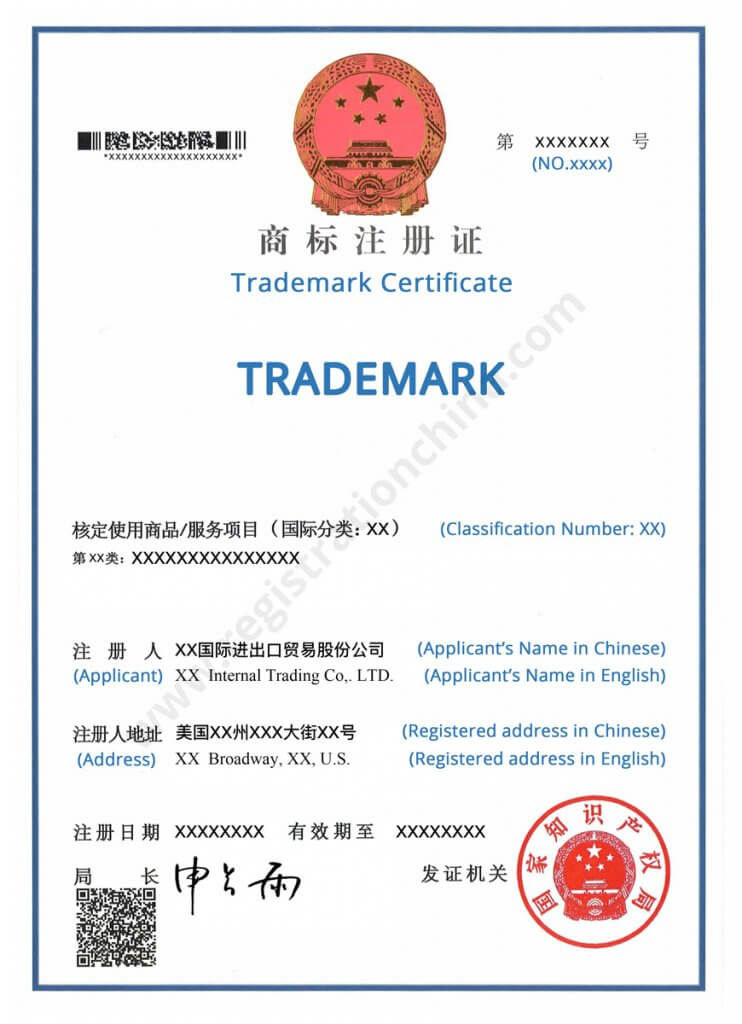Contents
Introduction:
In today’s globalized business environment, brand recognition has become one of the key factors for a company’s success. Especially in a highly competitive market like China, effectively registering and protecting trademarks is not only essential for maintaining brand image but also crucial for ensuring the long-term development of a company. This article will guide you through the intricacies of the China Trademark Filing process, the main types of trademarks, and their significance for foreign enterprises and individual applicants, helping you solidify and enhance your brand value in the Chinese market.
Understanding China’s Trademark Law
The core of China’s Trademark Law is to protect the rights of trademark owners and prevent trademark infringement. The “Trademark Law of the People’s Republic of China” stipulates that trademark registration adopts the “first-to-file” principle, meaning that the person who first submits a trademark application to the State Intellectual Property Office will obtain the trademark rights. This implies that even if you have trademark rights in other countries, if not registered in China, local companies might register the same or similar trademarks first, creating obstacles for your business. Therefore, regardless of whether your brand has commenced operations in China, it is crucial to apply for trademark registration as early as possible.
The Official Process for Trademark Filing in China
Just like clients register through GWBMA, you can access all the latest data through Trademark Search. If the client believes their trademark is strong, they can immediately begin by launching the Online Application System.
- Trademark search: If the client opts for China Trademark Filing Pro, then an attorney will personally conduct a thorough trademark search before the application submission, ensuring no existing registered trademarks are the same or similar to yours, avoiding application rejection. The attorney needs three working days to send the client a Trademark Comprehensive Search Report.
- Preparing application documents: Includes trademark design, applicant information, goods or services categories, etc. China’s trademark classification follows the Nice Classification, divided into 45 categories. Accurately selecting the applicable category is crucial for the protection scope.
- Submitting the application: Through the online system of the China State Intellectual Property Office or by entrusting an agency.
- Review process: After submission, the application will undergo a formal examination and substantive examination. The formal examination confirms the completeness of the application materials, while the substantive examination assesses whether the trademark meets the registration requirements, such as distinctiveness, conflicts with previous trademarks, etc.
- Announcement and registration: Trademarks that pass the substantive examination will be announced for a certain period, during which the public can raise objections. After no objections or objections are resolved, the trademark can be registered. The Chinese Trademark Certificate is valid for 10 years.

Classification and Categories of China Trademark Filing
China uses the Nice Agreement‘s classification system, dividing goods and services into 45 categories. Each category is further divided into several sub-items, making it crucial to accurately place your goods or services in the appropriate category and sub-item to ensure comprehensive trademark protection. Incorrect classification may lead to incomplete protection or unnecessary troubles during the application process. Therefore, understanding and correctly applying this classification system is essential for successful trademark registration.
GWBMA offers the CHINA TRADEMARK CLASSIFICATION SYSTEM, which is one of the most comprehensive systems in China currently. Trademark categories and subcategories: You must select the appropriate category and subcategory for your trademark. CNIPA allows up to 10 items per category without extra fees, making strategic category selection crucial.
What is a China Trademark Filing Applicant
Individual Applicants
If the applicant is a natural person (i.e., an individual), the main document required is a scanned copy of the passport. As your agent, we only need a color scan of the passport. When submitting, please ensure that the passport scan is clear and visible, and the image does not include fingers or other objects obstructing the view. Moreover, it is important that all documents submitted to the China National Intellectual Property Administration, if not in Chinese, must be professionally translated and stamped with the translation company’s seal to ensure accuracy and official status.
Corporate Applicants
For corporate applicants, as your agent, we need a scanned copy of the Certificate of Incorporation or Business Certificate. Please note that the business certificate provided must be an official scanned version, and not transmitted via email or other unofficial means. Like individual applicants, all non-Chinese documents also need to be professionally translated and stamped with the translation company’s seal to meet the requirements of the China National Intellectual Property Administration.
Ensuring that the Certificate of Incorporation or Business Certificate provided is an official version and presented in the correct format is crucial for the smooth progress of the application process. Any inaccuracies or unofficial versions of documents could lead to unnecessary delays or issues in the application process.
By adhering strictly to these document submission requirements, corporate applicants can effectively apply for trademarks in China, ensuring their brand and trademarks are protected. Partnering with an experienced agency can help ensure all application materials comply with regulations, making the application process more efficient and streamlined.
During the application process, it’s crucial for both individual and corporate applicants to pay attention to the official nature and clarity of documents. Any unclear or incomplete documents could cause the application to be delayed or rejected. GWBMA, as an experienced professional agency, can assist you in ensuring all documents meet the requirements of the China National Intellectual Property Administration, facilitating a smoother application process.
Power of Attorney in Trademark Filing

Differences in Chinese and English & Translation:
Given the differences between Chinese and English expressions, GWBMA will have attorneys handle your trademark registration at every stage once your online trademark application is accepted. We will professionally translate your identification and government documents into Simplified Chinese. This includes ensuring the accuracy and formality of translations, as well as consistency with the signature on your passport, ensuring all documents submitted meet the criteria set by the China National Intellectual Property Administration.
Requirements for Foreign Companies:
If the applicant is a foreign company, the Power of Attorney must be signed with the company’s official seal or by the company’s legal representative’s signature. This step is crucial for ensuring the document’s legal validity and is a key part of verifying the applicant’s identity and authorization in the China trademark registration process.
Main Types and Differences of Trademarks in China
When applying for a trademark in China, you can choose from three main types of trademarks, each with its unique characteristics and applicable scenarios:
- Word Mark: Consists only of words, letters, numbers, or Chinese characters without any graphic elements. Its simplicity and directness make it easy to recognize and remember, suitable for businesses looking to establish brand recognition through the brand name itself.
- Figurative Mark: Comprises entirely of graphical symbols or design elements without text. Its distinctive visual effect is its main feature, suitable for businesses wishing to express their brand traits through symbolic or artistic graphics.
- Figurative Mark Containing Word Elements: Combines both textual and graphical elements, conveying the brand’s visual image and name simultaneously. This type of trademark, due to its combination of text’s directness and graphics’ uniqueness, has strong brand recognition power, suitable for businesses wanting to convey both brand name and visual image in their trademark.
Choosing the type of trademark depends on the company’s branding strategy and target market characteristics. In China, different types of trademarks may receive different levels of protection, so understanding each type of trademark and its practical application is very important before applying. GWBMA can help businesses choose the most suitable trademark type based on their brand characteristics and market strategy, providing professional application and protection advice to ensure the company’s brand rights are effectively maintained in China.
How to Claim Priority When Filing for Trademark in China: The Priority Right of International Trademark Applications
A critical consideration when applying for a trademark in China is whether you have submitted an application for this trademark in another country within the last six months. According to the priority principle of the “Paris Convention,” if you have filed a trademark application in any member country, you can submit the same trademark application in other member countries within the next six months, enjoying the priority of the initial application date. This means that your trademark application in China will be considered to have started from the initial application date, which could significantly impact the registration process of your trademark in China.
Understanding the priority right of international trademark applications is essential in the trademark application process. The question, “Have you submitted an application for this trademark in another country within the last six months?” is key to determining whether you can enjoy priority for your trademark application in China.
If the above situation applies to your trademark, you need to declare priority when submitting your trademark application in China and provide proof of the first application. This typically includes:
- A copy of the acceptance notice or certificate of the first application.
- Relevant documents translated into Chinese, ensuring all information is accurate.
GWBMA will assist you in preparing and submitting these documents when handling your online trademark application, ensuring you can fully utilize the priority right of international trademark applications. Our professional team will ensure all procedures are conducted according to the requirements of the State Intellectual Property Office, helping you effectively protect your trademark rights.
Choosing a Mainland China Agent Versus International Trademark Registration
Applying for a trademark in China by choosing an agency based in Mainland China, like GWBMA, as opposed to applying through an international trademark registration system (e.g., the Madrid System), may present significant differences in speed and efficiency. Below are the advantages of choosing GWBMA as your trademark agent:
- Expertise: GWBMA possesses deep local market and legal knowledge, capable of providing professional advice and services tailored to the specific requirements of the China National Intellectual Property Office.
- Rapid Response: Compared to international routes, applying directly through an agency in Mainland China allows for quicker document processing and response to any arising issues or objections, eliminating the delays of international communication and transfer.
- Speed: With GWBMA’s application process, we can significantly reduce processing time. Ideally, we can obtain the trademark registration certificate in China within six months, much faster than applying through international routes.
Conclusion:
Through the discussion in this article, we hope to provide a clear guide for those seeking to protect and strengthen their brand in the Chinese market. Whether choosing the type of trademark, understanding every detail of the application process, or fully utilizing GWBMA’s professional services, the key is to take proactive steps to ensure your trademark is effectively registered and protected in China. In the ever-changing world of business, a wise trademark strategy will be the solid foundation of your success.
Furthermore, choosing GWBMA as your trademark agent in China means you can complete the trademark registration process more quickly and efficiently. It also means you can leverage our professional knowledge and local experience to ensure your trademark application passes smoothly, providing strong legal protection for your brand in the Chinese market.
Please read: Deal with Non-use of Trademarks within 3 Years in China for detailed guidance on how to manage and protect your trademark rights effectively under these circumstances.


